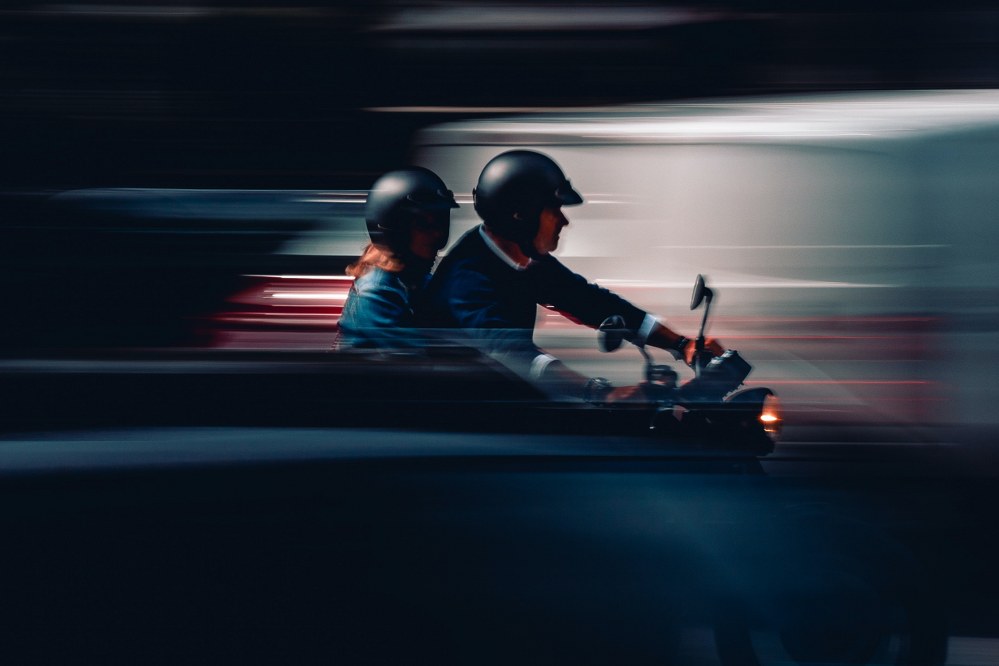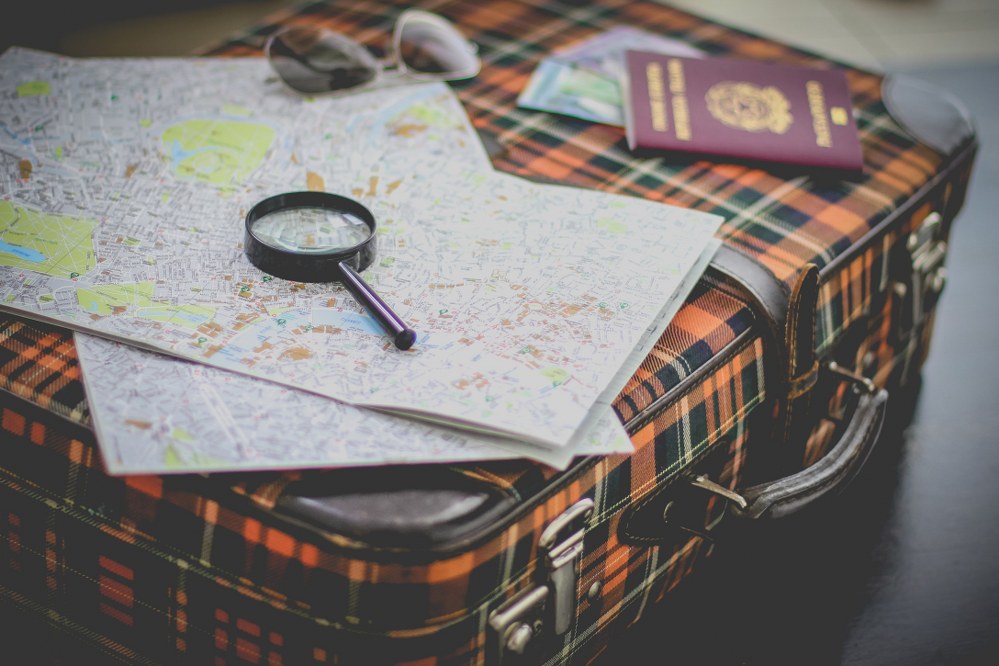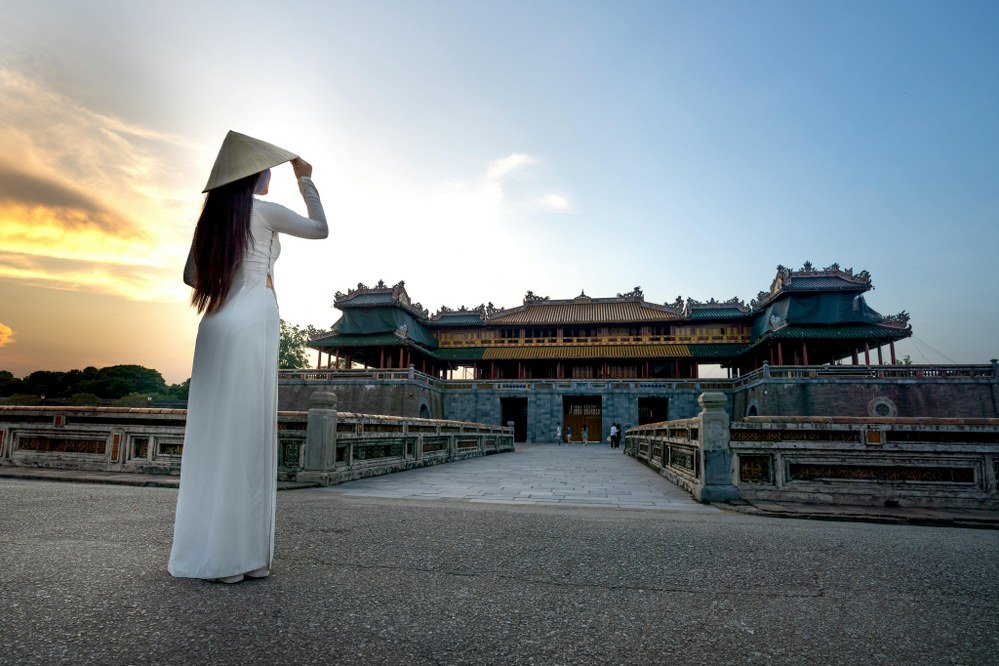Exploring the world with kids is an enriching adventure, and for single parents who love motorcycling, the idea of having their child along for the ride is an exciting prospect. Riding with kids, adds another dimension to the journey – there are many benefits in sharing this experience with your kids but also safety aspects that need to be considered. Here is everything you need to know when bringing your kid along on the ride:
1. When Are Children Allowed to Ride Pillion?
Surprisingly, there is no age restriction for riding on the back of mum’s or dad’s motorbike, but there are some guidelines for carrying passengers: Rule 85 of the Highway Code sets out that the motorcycle must have an adequate pillion seat and foot rests. In addition, the maximum number of pillion passengers allowed is one. For single parents of multiple children that means, you can only ever carry one child at a time. Any passenger must sit on the pillion seat, face forward, and be able to reach the footrests with both feet. In addition, they should wear a protective, well-fitting helmet.
Naturally, you should also apply common sense and parenting instinct: Is your child old enough to hold on to the motorbike or you? Do they understand that they need to lean with the rider, or what to do when you brake or accelerate? It also helps to teach your child a set of basic signals, so that you can communicate when needed during journeys.
Motorcyclists can further not carry passengers with a provisional license but must have a full license and be fully insured. Check your policy and add pillion insurance if you are not covered for carrying your children on the rear seat. Don’t forget to compare motorcycle insurance to get a good deal.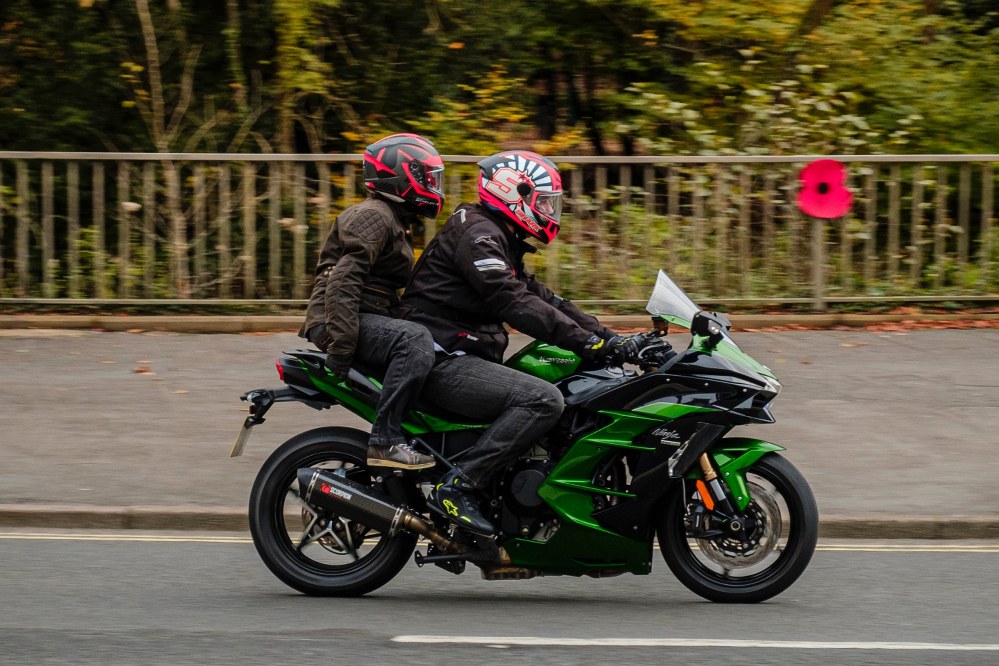
2. Which Bike is Best for Travelling with Kids?
Choosing the right motorcycle is essential for a comfortable and safe journey. While the thrill of high-speed rides and challenging terrains might be tempting, when riding with kids, prioritise reliability, cost-efficiency, and safety. Some parents opt for a sidecar attachment for added safety and practicality. Regardless of the type, make sure the chosen motorbike caters to both the rider and passenger needs, ensuring a smooth and enjoyable experience for everyone.
Invest time in selecting a bike that is not only suitable for your riding style but also accommodates the additional weight and space required for your child or children. Consider their comfort and the ease with which they can hold on during the ride. Ensure that the bike’s design allows for secure attachment of safety gear. Additionally, familiarise your kids with the motorcycle before setting off, letting them get comfortable with the idea of travelling on the road.
3. Which Safety Aspects Should Parents Consider?
Before embarking on a motorbike adventure with your child, there are a few more safety aspects to be considered:
Your Motorcycle:
Needless to say, your bike needs an appropriate pillion seat and footrests. You will further need to check your motorbike’s weight restrictions and increase the rear tyre pressure in accordance with manufacturers’ instructions.
Protective Gear for Kids:
In addition to buying your child an appropriate motorcycle helmet, it’s crucial to equip them with the right clothing, including an armoured jacket protecting their upper body and arms and gloves designed for their size. Thick trousers or specific ones designed for motorcyclists are also beneficial, as are thick quality boots. The market offers a variety of child-friendly safety equipment, ensuring young passengers are adequately protected from debris, the elements, and in the event of a crash, so shop around. You might also want to consider windbreaker jackets and weather-resistant clothing to add an extra layer of safety, shielding your child from wind and cold during the journey.
The Safety Brief:
Ensuring your child is geared up properly is also about instilling in them the importance of responsible riding. Take the time to explain the significance of each piece of gear, making them active participants in their safety. Consider a pre-ride safety briefing to reinforce the do’s and don’ts of motorbike travel with kids, creating a habit that will stay with them as they grow into independent riders.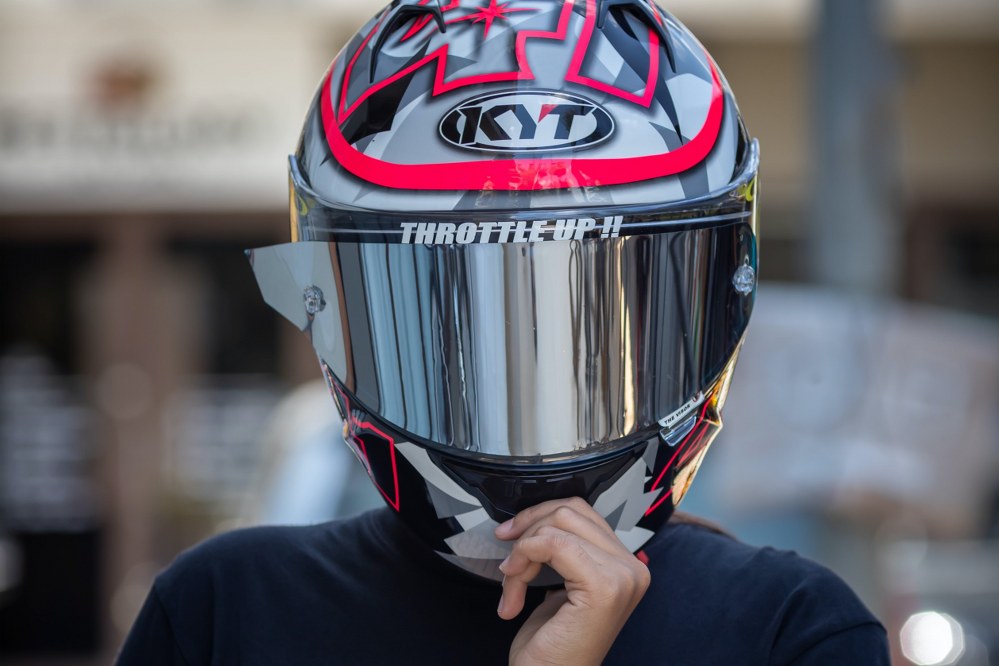
4. Start the Kids off Slowly
Riding with kids requires a gradual approach. Begin with a test drive, followed by shorter rides, such as trips to school or shops and back, to acclimatise your children to the experience and test their ability to ride pillion. Progress to calm rides on quiet country roads with minimal traffic, allowing your children to feel the nuances of the road and the rush of the wind. Gradually extend the rides to weekend outings and short single parent holidays, such as fun camping trips, enabling your children to embrace the sense of adventure at their own pace. This incremental approach ensures a positive and comfortable experience for everyone involved.
Use the initial rides as opportunities to educate your kids about the mechanics of the motorcycle. Explain how the throttle works, the importance of balance, and the role of brakes. This not only enhances their understanding of the ride but also makes them more confident passengers. As their comfort and confidence grow, gradually introduce them to different riding conditions, preparing them for a variety of road scenarios.
5. Bond With Your Kids Through Adventure
Transform your motorbike tour into a memorable family road trip. Whether it’s a spring break or a summer escapade, a motorbike tour offers a refreshing break from the daily routine. Dress in layers, ensure your children are geared up for protection, and pack essentials like snacks and drinks. The preparation becomes a joyful prelude to a more extensive cross-country adventure. Encourage bonding with your kids by involving them in the planning process, from selecting routes to deciding on pit stops. This not only fosters a sense of inclusion but also makes the journey a shared experience.
Incorporate elements of surprise into your trips to keep the excitement alive. Plan detours to interesting landmarks, scenic spots, or local attractions. Engage your kids in games or challenges during breaks to make the journey more interactive. Consider maintaining a travel journal together, documenting the places you visit, the challenges you overcome, and the unique experiences you share. These activities not only add a sense of adventure but also create lasting memories that your children will cherish.
6. Build Resilience and Problem-Solving Skills
Motorbike travel with kids inevitably comes with challenges, from unexpected weather changes to mechanical issues. Embrace these challenges as opportunities to teach your children resilience and problem-solving skills. Involve them in the process of overcoming obstacles, whether it’s fixing a flat tire, navigating through a sudden rainstorm, or finding an alternative route due to road closures. These experiences not only build their confidence but also impart valuable life skills that extend beyond the realm of motorbike travel.
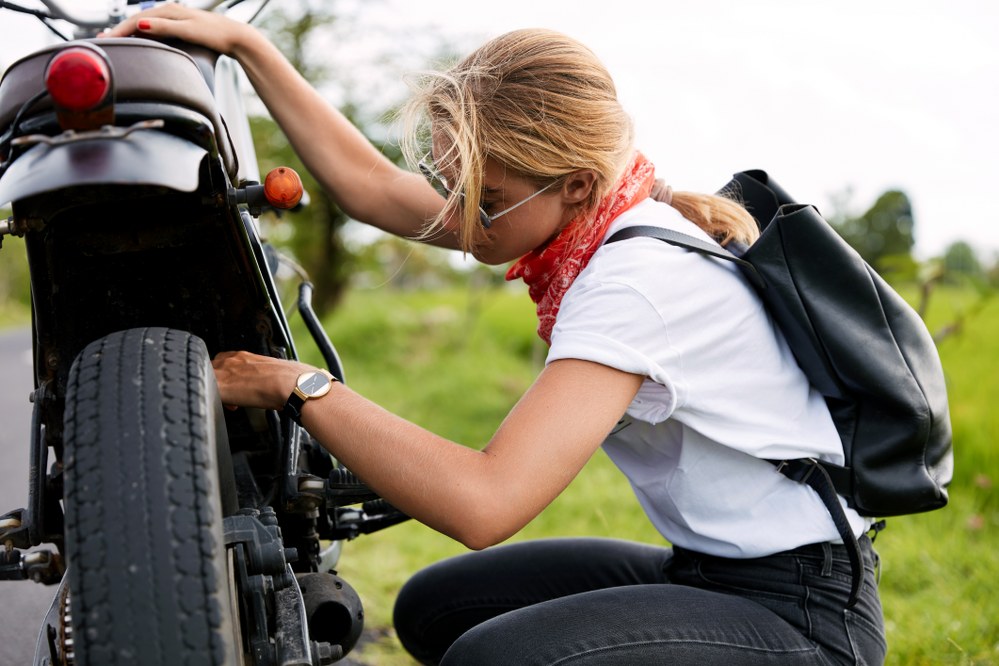
7. Teach Your Kids as you Travel
Motorbike travel with kids can be an educational journey. You could seize the opportunity to teach your children the art of map reading. In a world dominated by technology, embracing old-fashioned maps adds a new dimension to the biking experience, but you can do the same using an app if that’s your preference.
One of the biggest benefits of motorbike travel with kids is, that you can easily stop anytime you wish, be it at beauty spots, secluded beaches, local museums, landmarks, or historical sites, turning each stop into a lesson. This educational aspect turns the journey into a valuable learning experience for your children.
We hope our blog post helped answer all your questions around motorbike travel with kids and gave you some inspiration, too. Just make sure you consider all the safety aspects that riding with kids require and you could be off together for the first of many single parent holidays. Motorbike travel with kids is a wonderful way for single parents to instil a sense of adventure in their child and spend precious one-to-one time. Use it to broadens their knowledge, instil a sense of curiosity, and boost their self-confidence by involving them in the planning process.

